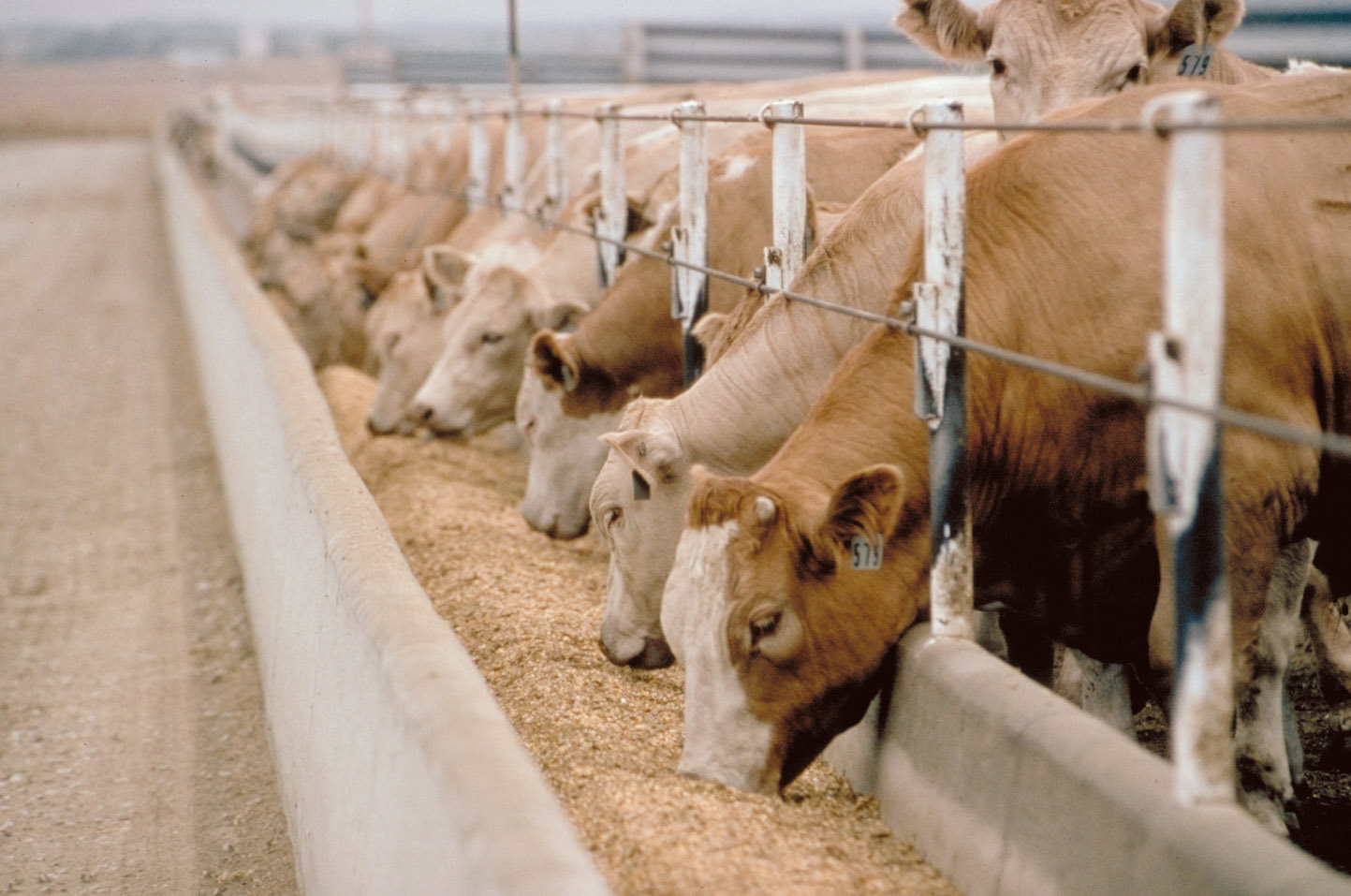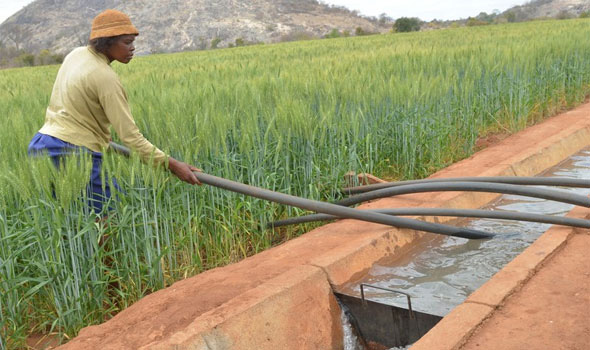Govt, Byo SMEs chamber roll out training programme
GOVERNMENT and the Bulawayo Chamber of Small and Medium Enterprises (SMEs) have partnered in rolling out online capacity building programmes aimed at boosting production and formalisation of enterprises in the sector.
The SMEs sector has been highly regarded in economic sustenance.
In 2016, the SMEs sector contributed US$8,58 billion to Zimbabwe’s Gross Domestic Product and employed more than 5,9 million people.
Bulawayo Chamber of SMEs Mr Energy Majazi told Business Chronicle yesterday that they have embarked on a training programme in partnership with their parent Ministry targeting to train 120 entrepreneurs.
“In collaboration with our parent ministry, we have embarked on a capacity building programme targeting to train 120 members to equip them with relevant knowledge on how to register, run and improve their business.
“This is a five-day online training with 20 people per group,” he said.
The training programme covers areas that include management and leadership, business management, record keeping and planning for business.
In the past, the SMEs chamber has organised and coordinated courses for players in the SMEs sector covering aspects such as policy validation, procurement procedures and the Common Market for Eastern and Southern Africa (Comesa) protocols.
Last year, Zimbabwe announced the launching of a new programme aimed at supporting and accelerating growth of SMEs that have in recent years shown high potential for growth.
The project, known as the “Zimbabwe National Gazelles” is being supported by the Government and social partners through the Ministry of Women’s Affairs, Community, Small and Medium Enterprises Development as it is in line with Vision 2030.
SMEs from the country’s 10 provinces have been called to join the initiative, which is targeted at businesses that are 100 percent owned by locals, established and in operation for at least two years, with an annual turnover of at least ZWL$1,5 million.
The programme was running for a period of three years and that every year, 100 finalists will be chosen.
From the list, the top 60 will be selected to benefit from a range of support activities and interventions to ensure they operate as close as possible to their maximum potential.
The main objective was to develop small businesses to become medium-sized companies within an agreed period of time. — –chrocie.cl.zw










